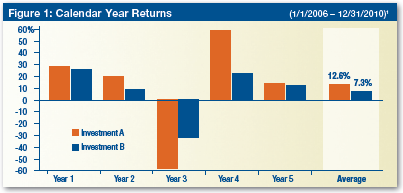Best Blogs of the Week #274
Five high-quality posts this week made the best blogs of the week (as we pass the 5 1/4 years of cataloging the industry’s blog utilization). We haven’t highlighted five posts in a single week for over 2 years.
Aberdeen – Week in review: Europe grows while the UK slows – The positive news, combined with U.S. dollar weakness caused by President Trump’s political woes and the slower-than-expected pace of U.S. Federal Reserve interest-rate hikes boosted the euro against the dollar to its highest level in two and a half years.
BlackRock – Dispelling 3 myths about the markets and economy – Broad inflation will likely follow unemployment much more slowly during this cycle than it has historically, and it may well not dramatically overshoot the Fed’s 2% inflation target for a long time.
Invesco – What to make of the US dollar’s doldrums? – The results showed a significant -0.75 correlation between the US dollar and commodity prices, with the strongest commodity performance represented by the oval in the chart below.

Vanguard – What should clients use as a benchmark for success? – Many clients seem to believe that the S&P 500 is a reasonable performance benchmark. After all, it is the most widely discussed proxy for U.S. stocks and stock market returns.¹ So when they look at the performance of their portfolios and wonder how they’re doing, it’s understandable that the return of the S&P 500 comes to mind. However, while this index is one benchmark for returns, it is certainly not the right one for typical clients, whose portfolios tend to be fairly diversified between stocks and bonds.
Wells Fargo – Are markets on the verge of a correlation shift? – We could be on the verge of another shift in correlations, one that favors equity and credit exposure, unlike the last few years where it paid to invest in very high quality and long maturity fixed income securities.









